London Airshow 2017 celebrated Canada’s 150th birthday
Some cool photos from London Airshow 2017.

Canada “the true north strong and free” celebrated a most prestigious milestone this year since its inception as a country in 1867. With its 150th birthday this year it seemed only fitting that a special air show would be in the works and London, Ontario had the honor of hosting this exciting event.
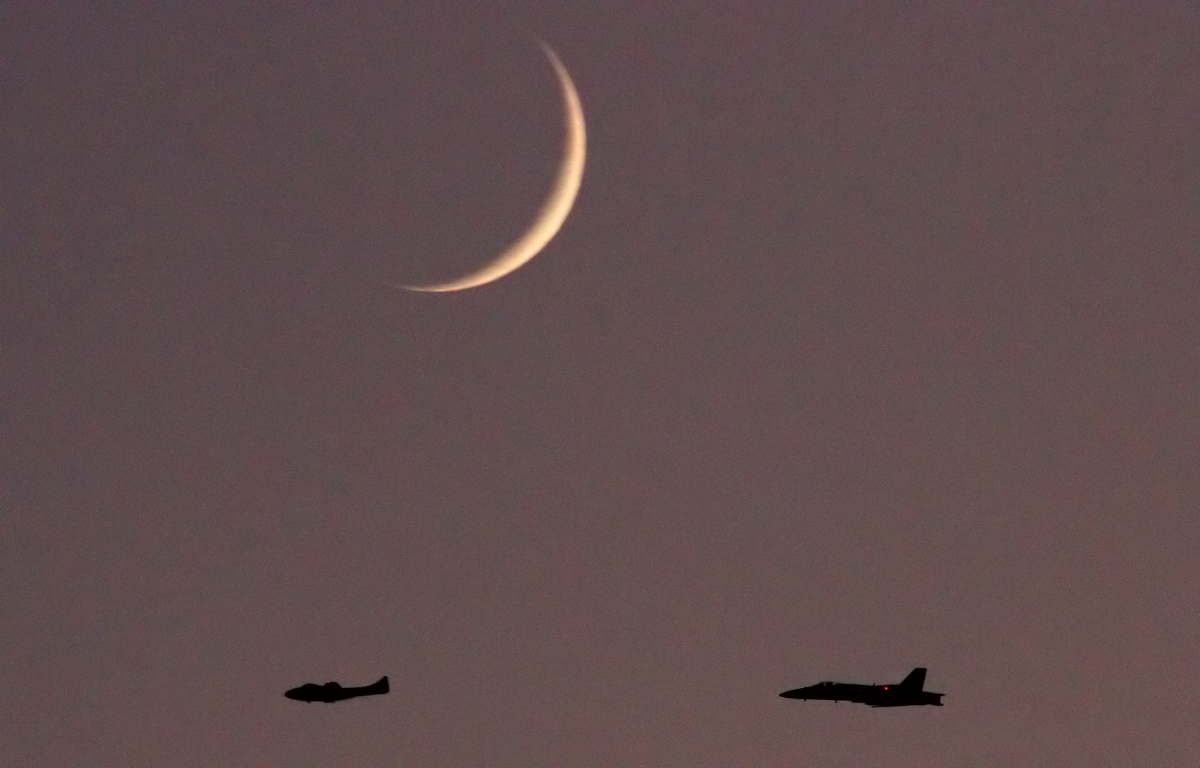
London is a city of just under 500,000 people in the greater metropolitan area in the southwestern part of the province of Ontario. London Airshow 2017 started on Friday, Sep. 22, 2017, with an evening twilight demonstration while Saturday and Sunday saw a mix of different performers.
The static display remained constant on all three days. The static aircraft that really generated a lot of interest were as follows:
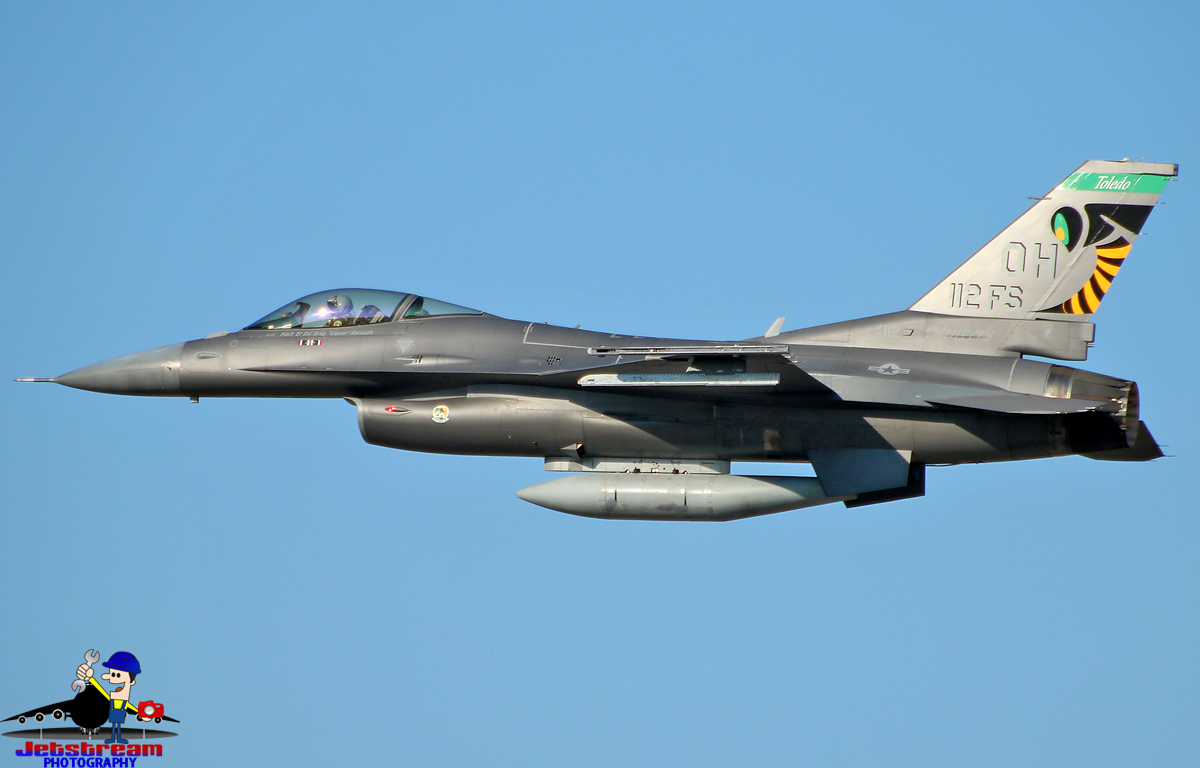
There were three F-16C’s of the Toledo, Ohio ANG that were resting side by side on the tarmac. A new camouflage/paint scheme is being applied to USAF/ANG F-16s. Gone was the light ghost grey that surrounded the cockpit area which was replaced with the overall dark ghost grey which had previously covered the majority of the jet.

The nose cone was still in medium ghost grey. According to the recent Aviation Classics issue F-16 Fighting Falcon, The Free World’s Most Popular Fighter, the new camouflage/paint scheme is called the Have Glass V “which links radar absorbent material and paint to reduce the F-16’s radar cross section.”
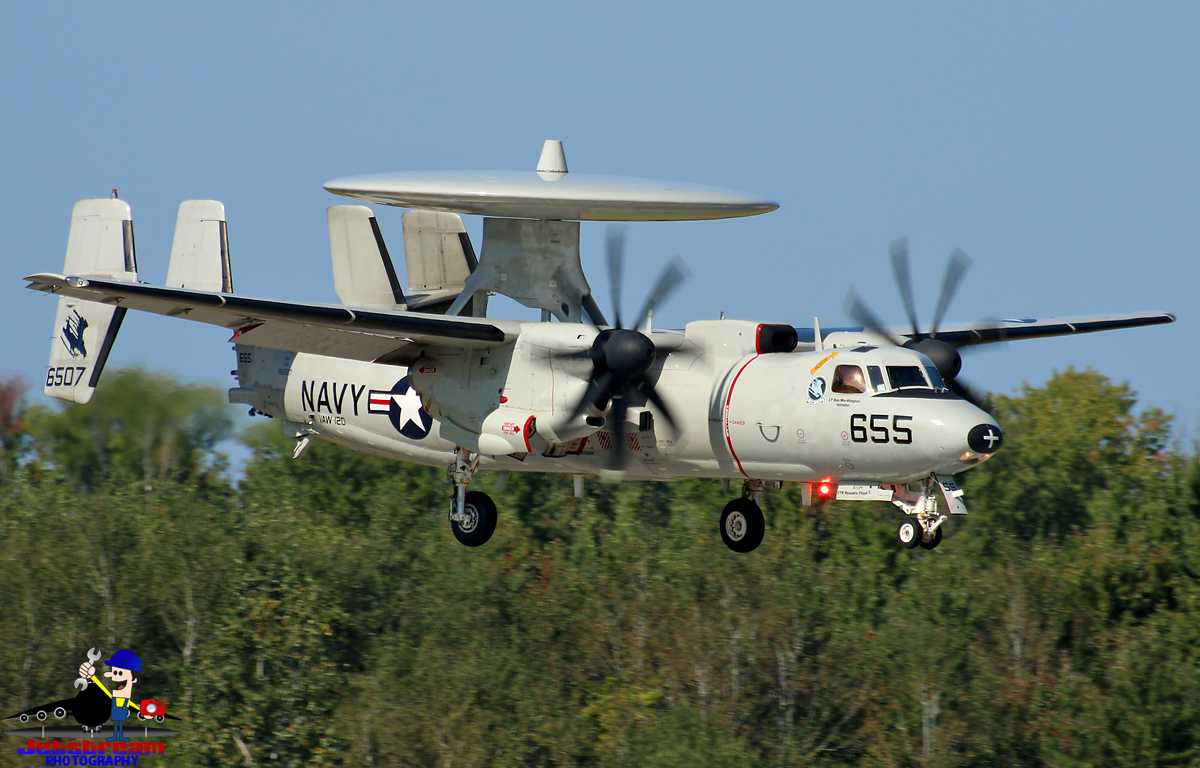
Two U.S. Navy VFA-14 Tophatters F/A-18E Super Hornets were in attendance based at NAS Lemoore California. Both pilots were by their aircraft taking photographs with spectators answering questions. The intake covers that were on both jets proudly display the Tophatters famous squadron logo.
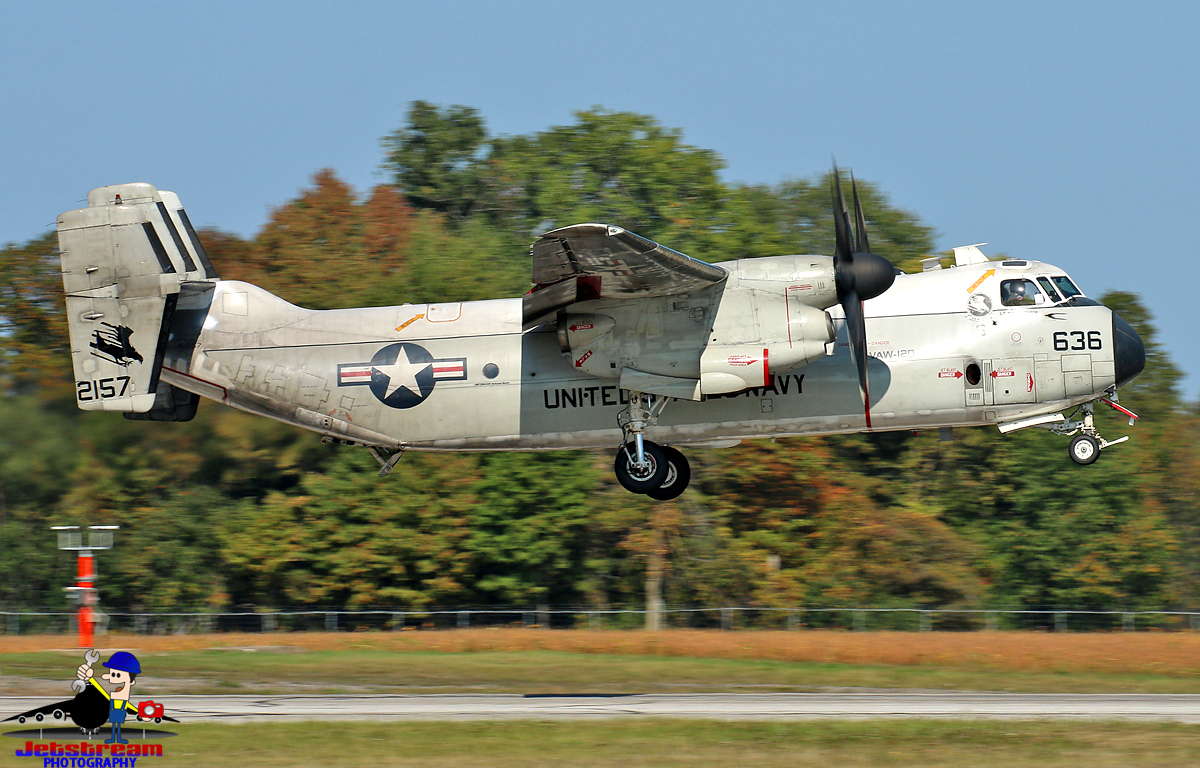
There was a U.S. Navy C-2A(R) Greyhound belonging to VAW-120/Greyhawks of NAS Norfolk Virginia. The crew was incredibly friendly and spent quite a few minutes describing the aircraft and what it does for the U.S. Navy. This particular squadron is a Fleet Replacement Squadron responsible for the training of crews on the E-2 Hawkeye along with the C-2 Greyhound.
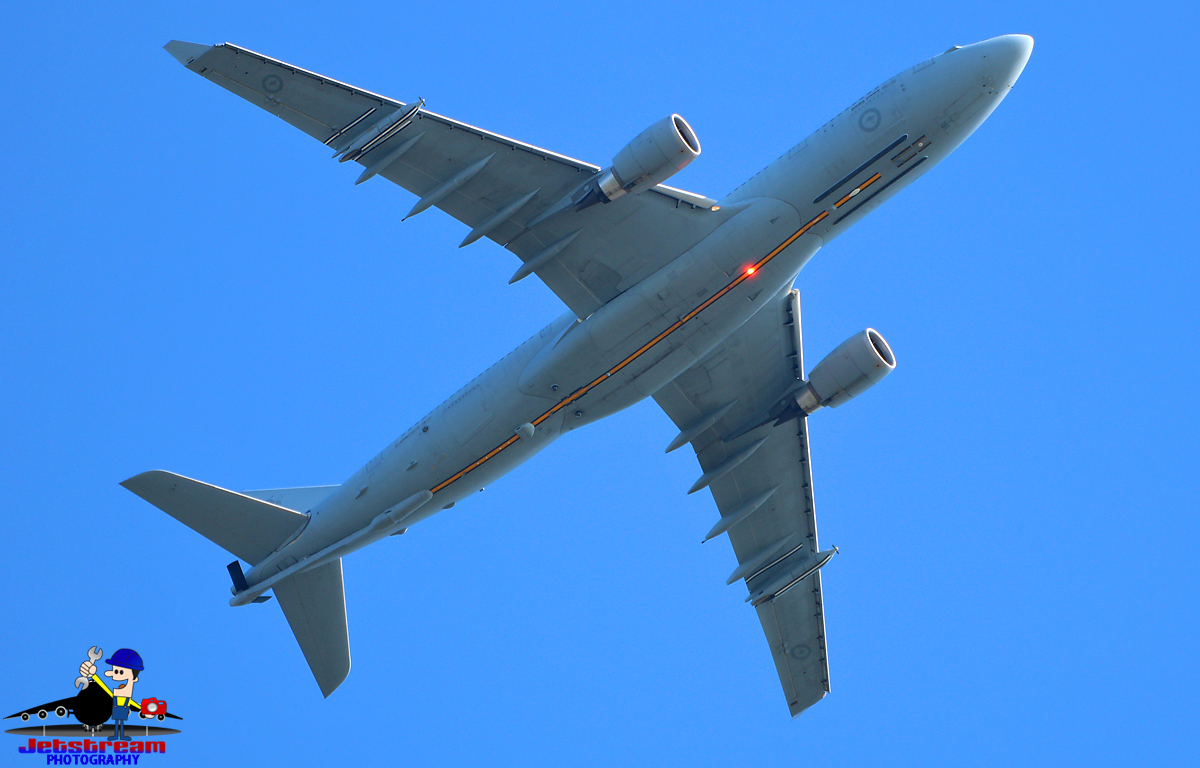
The most interesting thing regarding this particular aircraft is that their squadron logo recalls that of VF-1, one of two fictional squadrons in the 1986 blockbuster hit Top Gun. The only noticeable differences were the squadron names and the fact that in the movie the logo was blue, orange, and white as opposed to the real-life squadron logo being black, white, and silver. An E-2C Hawkeye of the same squadron was also a part of the static display.
The aerial demonstrations that generated a lot of interest were as follows:

The tanker which took part in the flying display was the KC-135R of the Pennsylvania ANG from Pittsburgh, Pennsylvania. Probably what impressed most people was its display of the operational usage of its aerial refueling boom.

The KC-135R is a variant of the very famous Boeing 707 airliner which revolutionized air travel with its speed and range. This version of the KC-135 has also equipped with more modern, fuel-efficient, and noise-reducing engines.
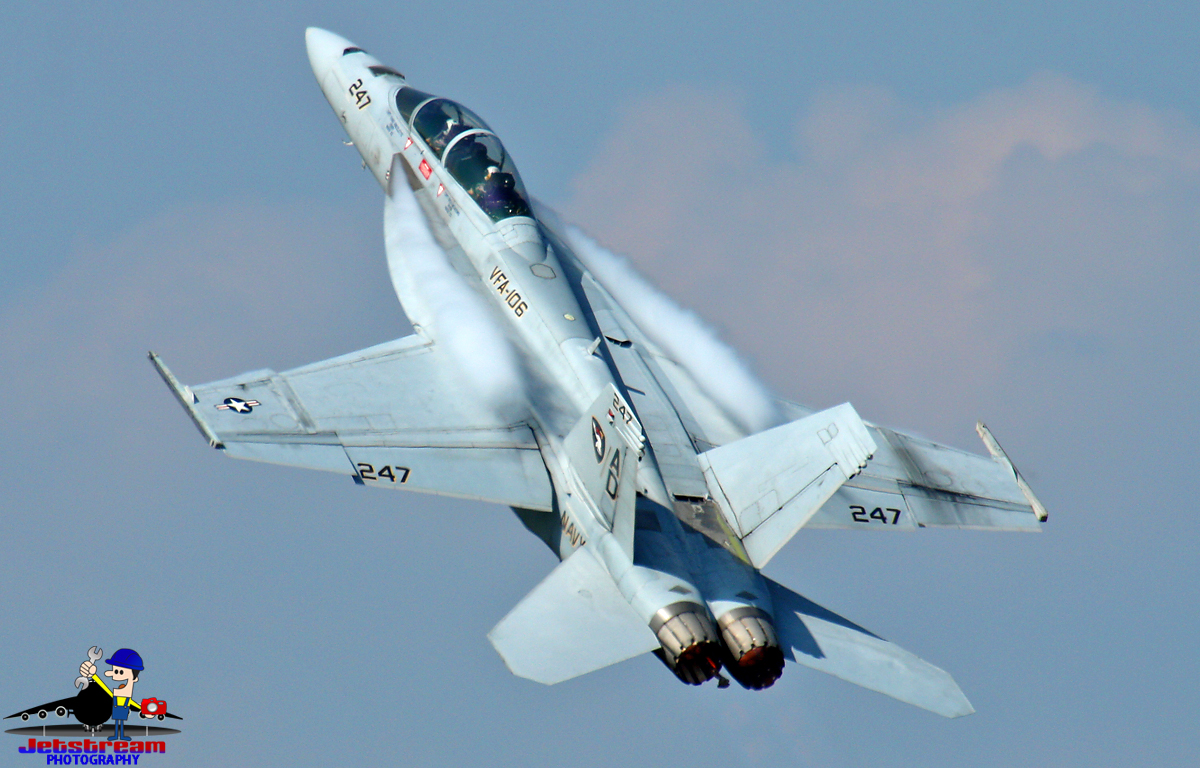
The U.S. Navy did us proud with an exciting display of their F/A-18F Super Hornet demo team of VFA-106 Gladiators based at NAS Oceana Virginia.

Probably the most interesting part of the display was the simulated carrier landing starting with the break where the aircraft comes in at a relatively high speed, banks, and then slows down and prepares itself for landing with flaps gear and arrestor hook set to bring the airplane back on the carrier deck.

One performer previously seen at the annual air show in Toronto was Randy Ball and his MiG-17PF. The MiG 17 is a high-subsonic Soviet designed fighter jet whose roots stem from the MiG-15. The MiG-17 made its debut in the early 1950s and Randy’s jet was in the markings of the Polish Air Force.
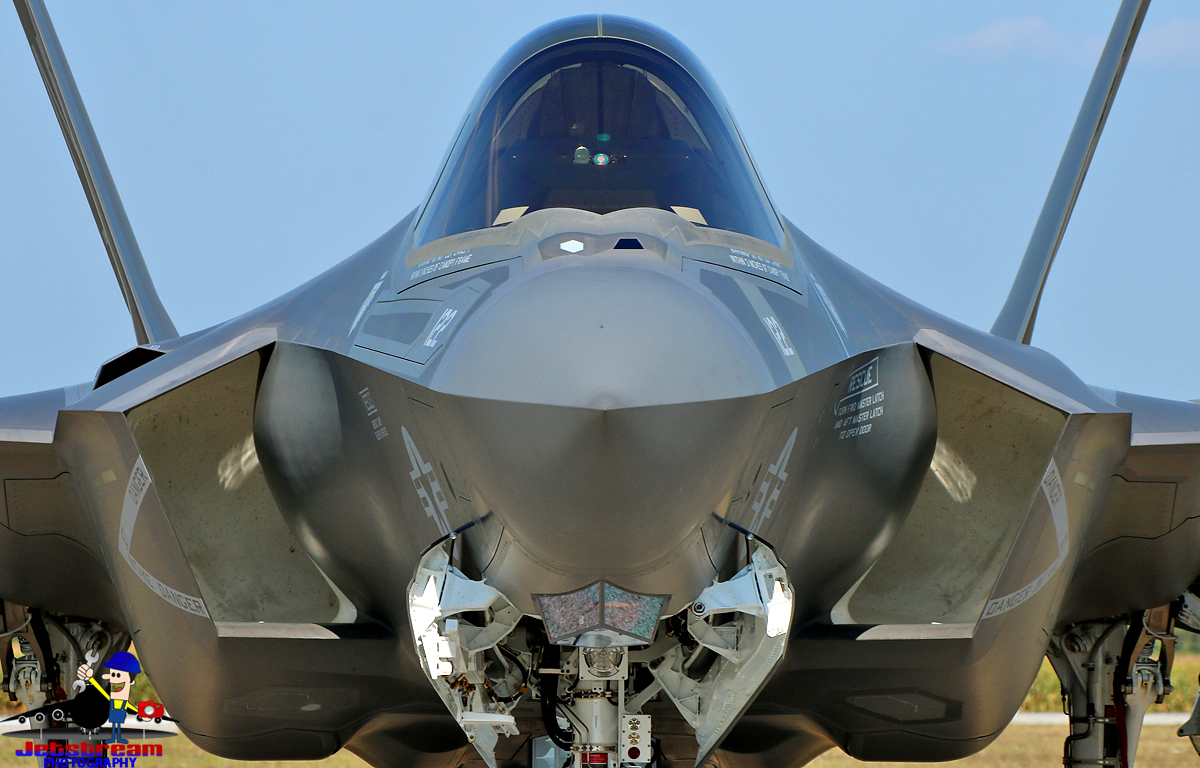
Unlike the MiG-15, the MiG-17 is equipped with an afterburner and Randy made good use of it when thrilling us with high speed passes at an extremely low altitude above the runway, high-g turns to showcase the highly maneuverable characteristics of the aircraft along with some amazing climbs for a fighter jet of that era.
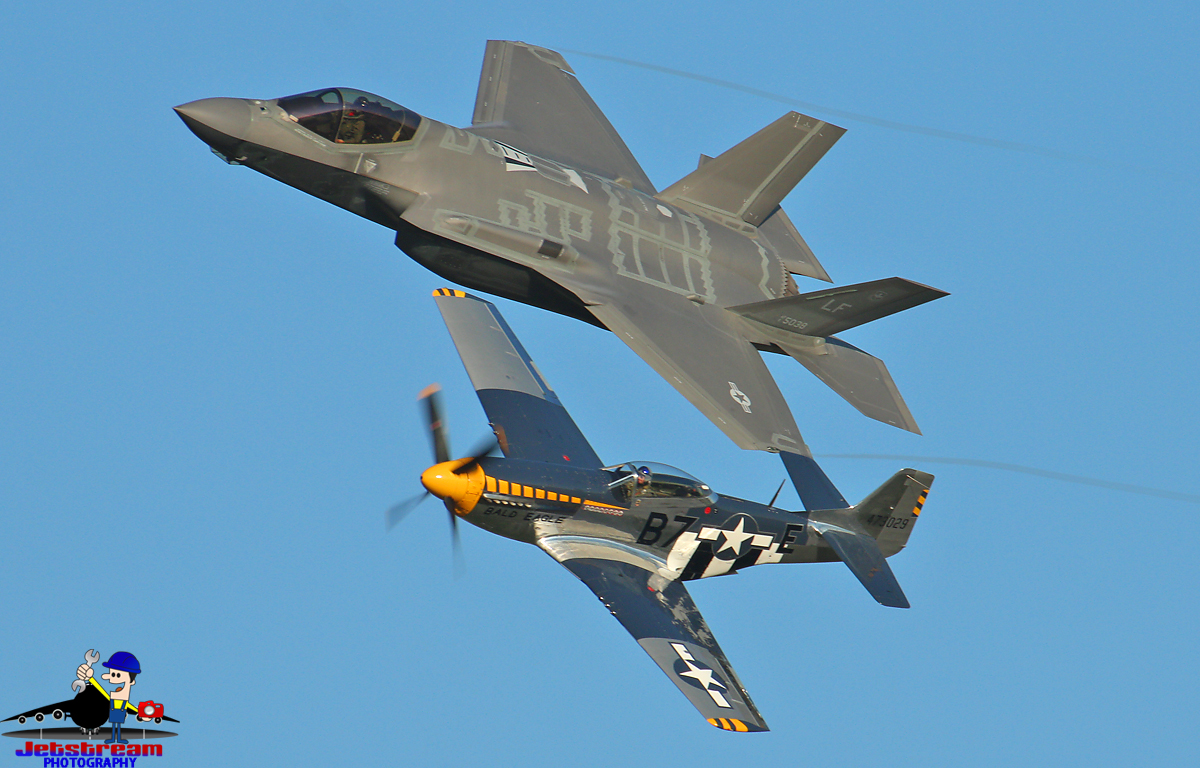
One aircraft which many people were curious to see fly was the F-35A Lightning II belonging to the demo team based at Luke AFB in Arizona. The F-35 has faced much skepticism in the news yet the crowd was interested to see this fifth-generation fighter aircraft in action. The pilot successfully held our attention right from the beginning of his display, performing a brief but loud vertical departure and sharp bank angle coupled with an afterburner.
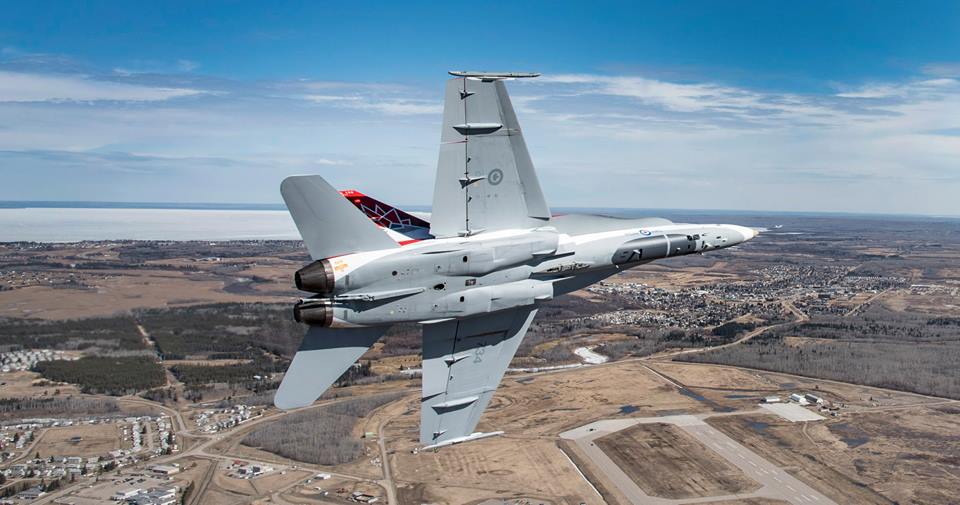
From then on in the jet impressed us with its incredible acceleration capabilities, its tight turning radius along some incredible vertical climbs. One thing that struck us about this aircraft was how loud it was and although its demonstration was brief we were given a taste of what the F-35 can do. It also performed a heritage flight with a P-51D Mustang doing some great flybys providing those in the crowd with some great photo opportunities.

An aircraft that impressed the spectators was the RCAF CF-18A Hornet belonging to the Canadian Armed Forces CF-18 Demonstration Team. This year’s aircraft was very special as its design celebrates Canada’s 150th birthday. The top of the aircraft is painted in red with a modified maple leaf design consisting of 13 geometric parts representing Canada’s 10 provinces and three territories which are most noticeable on the upper spine and outside vertical tails of the aircraft.
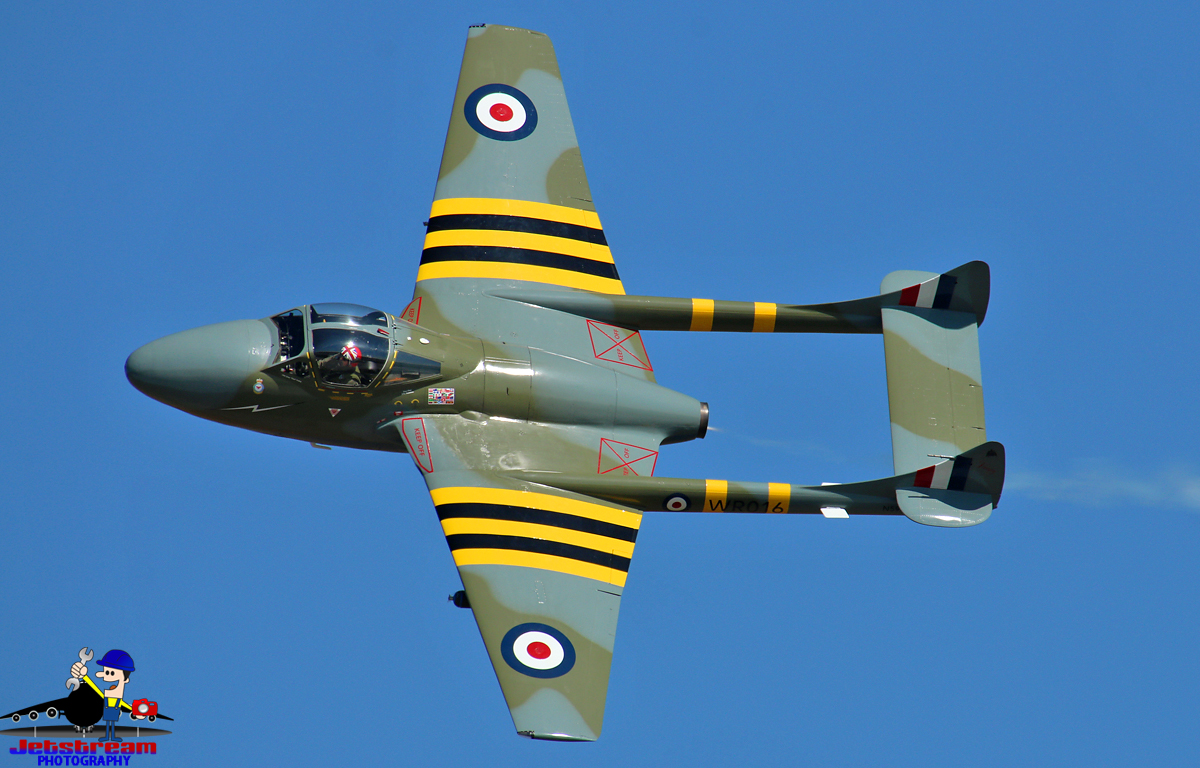
The left and right trailing edge flaps and ailerons say “1867-2017 and Canada 150” respectively. The demonstration pilot who had the honor of showcasing the CF-18A’s capabilities was Captain Matthew “Glib” Kutryk, a native of Alberta. The high-speed sneak pass and vertical departure maneuver with vapor coming off of the jet were an incredible sight to see.
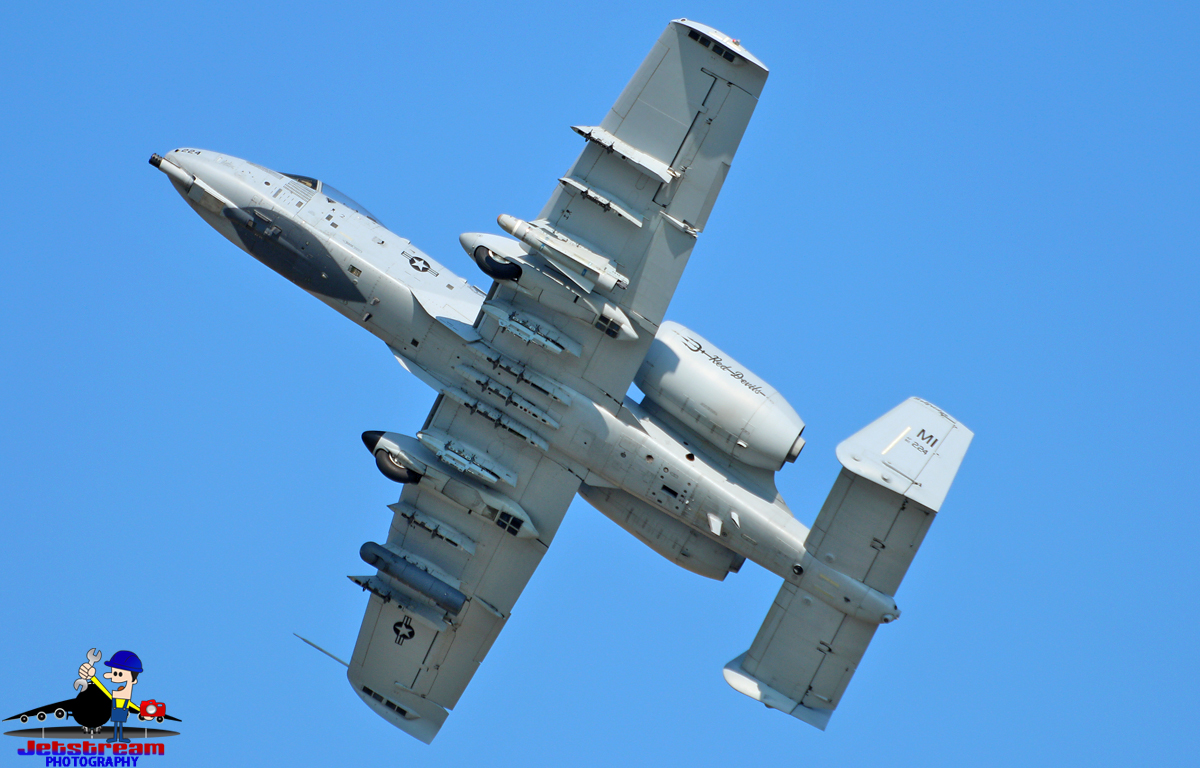
The airplane looked fantastic in clear blue skies and as it can be seen in this article it was a joy to photograph. Another bonus about this performance was that it was longer than others.

The jet in fact also took part in a heritage flight with a de Havilland DH-115 Vampire which was another photographic delight for spectators on the ground.

A 1/72 diecast model of this year’s spectacular RCAF CF-18A Hornet Demonstration Team would certainly be appreciated by all who collect aircraft models.
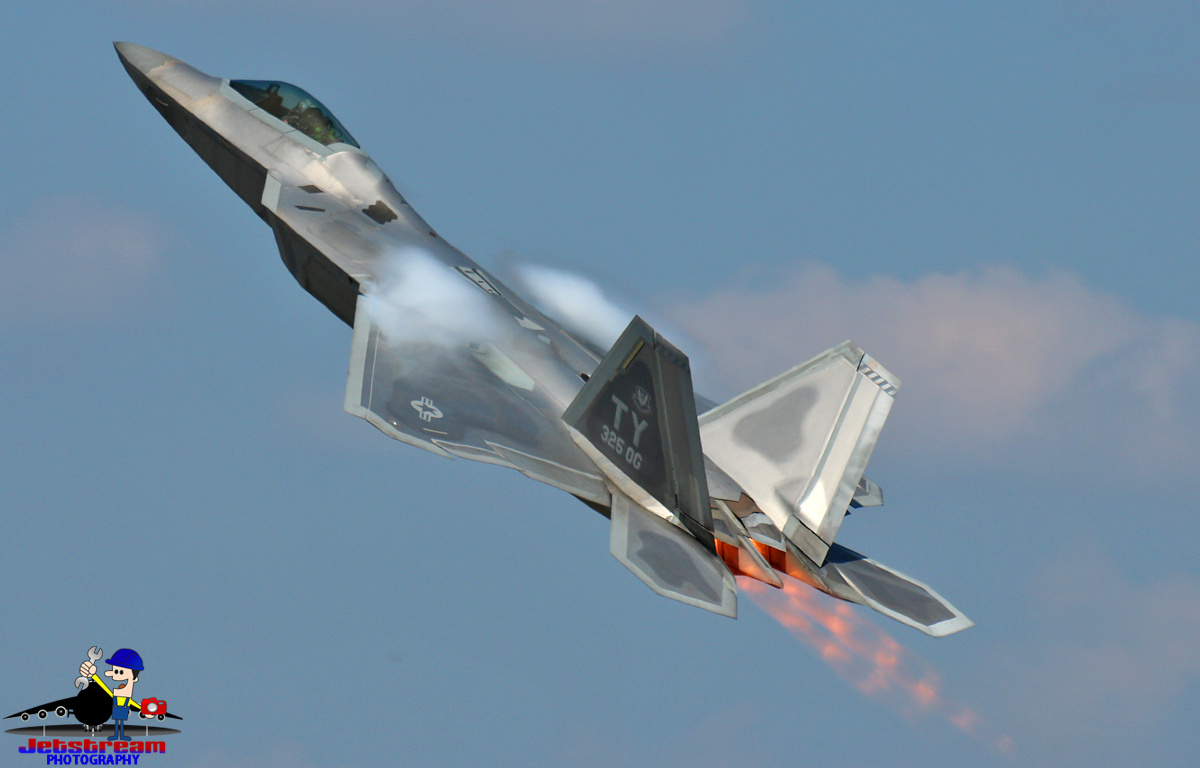
The show was wrapped up with the elegant and graceful performance of the RCAF 431 Demonstration Squadron, the Snowbirds with their 11 Canadair CT-114 Tutor aircraft. It was a fitting ending to a great air show.
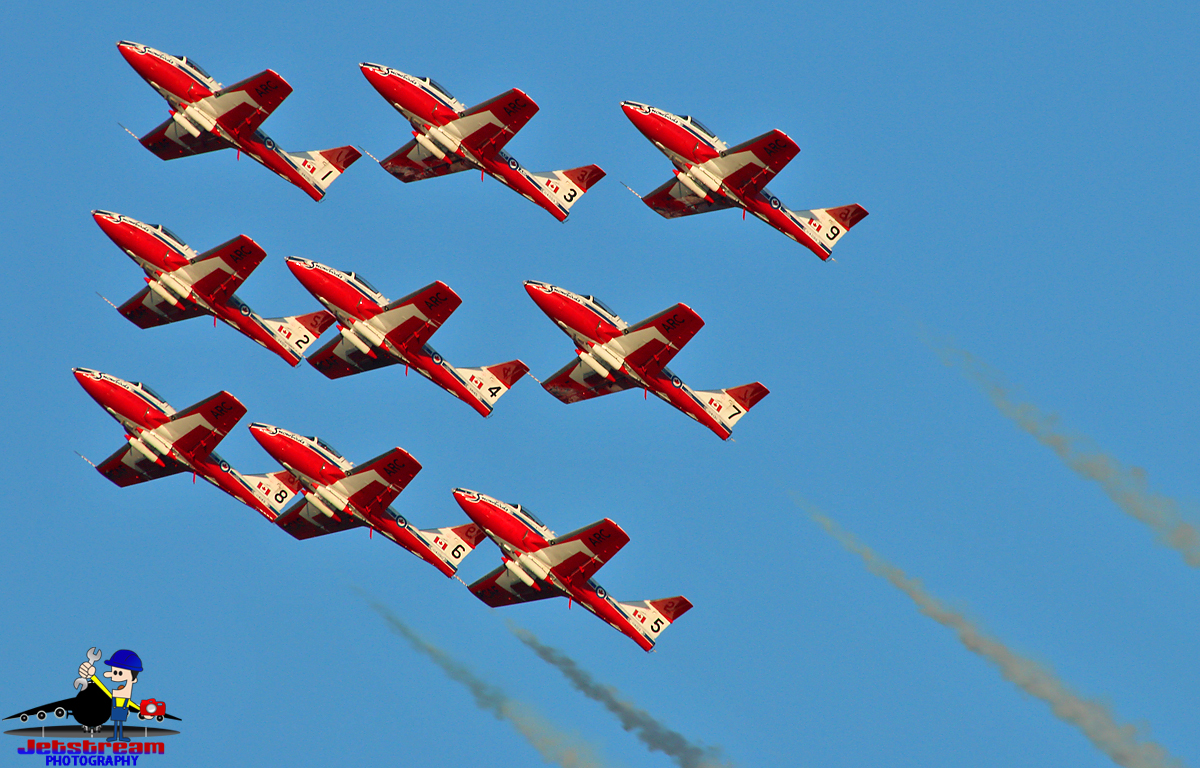
Despite the hot and humid conditions, London Airshow 2017 really outdid itself and provided Canadians with many wonderful memories in celebrating Canada’s 150th birthday.
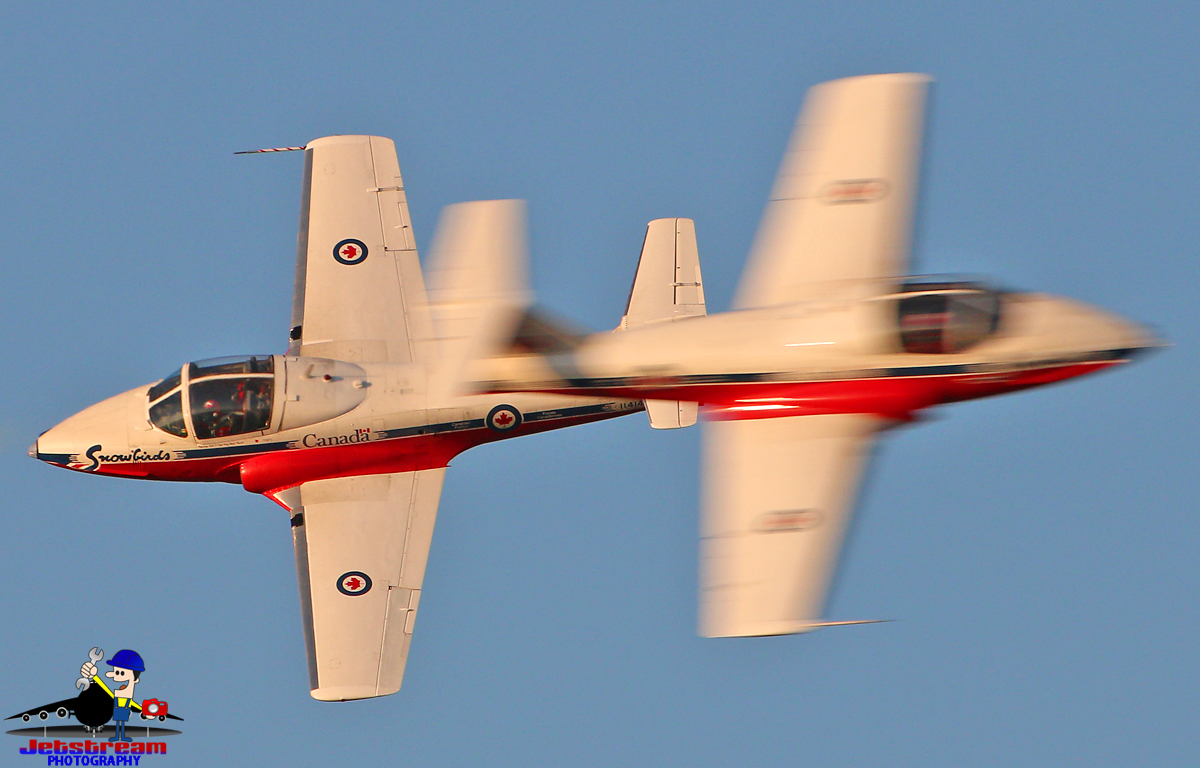
Photos by jetstreamphotography.com website.

